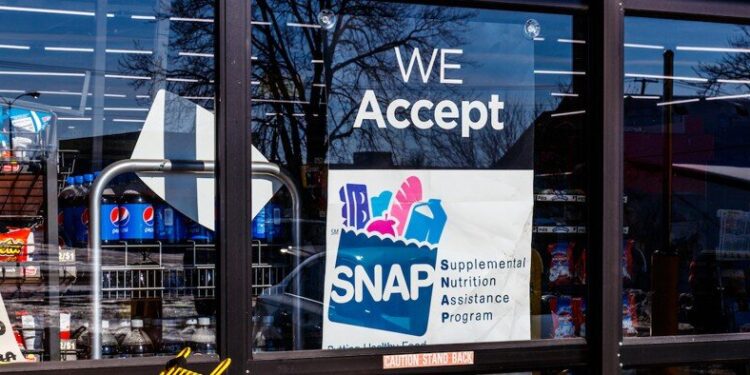For nearly 900,000 Washingtonians, November 1st signals a significant shift. Starting November 1, the rules governing Basic Food, Washington’s version of the federal food assistance program, are becoming stricter, faster, and in some cases, less generous.
The changes are sweeping and immediate. Families will see smaller monthly benefit checks. Thousands of working-age adults will face new requirements just to keep receiving assistance. And for some, the lifeline they’ve depended on could disappear altogether.
Housing advocates working with low-income families across Seattle say the changes will hit hard, affecting real people trying to feed their kids while juggling everything else.
Start with the basics: the average Washington household currently receiving SNAP benefits will lose about $56 a month starting Friday. For a family of four, the maximum monthly allotment will drop from roughly $975 to $848, a cut that hits especially hard as grocery prices continue to climb across the state. That money typically goes fast. Rent, utilities, and childcare often consume most of a family’s income before they even get to the grocery store. For those living paycheck to paycheck, $56 a month is significant. It’s the difference between buying fresh vegetables or reaching for cheaper processed foods. It’s whether you can afford both milk and protein.
The state’s Department of Social and Health Services estimates that around 170,000 Washingtonians could lose benefits altogether if they don’t meet the new requirements. Another 130,000 will face expanded work mandates they weren’t dealing with before.
Perhaps the biggest change involves who has to work and how much. Until now, able-bodied adults without dependents had to show they were working or in training if they were between 18 and 54 years old. Starting this week, that age limit jumps to 64. That means people in their late 50s and early 60s—many already facing age discrimination in hiring, now have to document at least 80 hours of work or training every single month to keep their benefits. Miss the requirement, and you’re out.
People in their late 50s and early 60s, many already facing age discrimination in hiring, now have to document at least 80 hours of work or training every single month to keep their benefits. Miss the requirement, and you’re out. Food access advocates point out that this assumes everyone can simply find a job, overlooking those who may be between jobs or dealing with health issues that make full-time work difficult.
Some exceptions exist for people with disabilities, pregnant women, and those caring for dependents. But for many others, the clock is ticking. The basic eligibility rules haven’t moved much, at least not yet. You can still apply for SNAP if your household income is at or below 200 percent of the federal poverty line, which is about $3,975 a month for a family of four. Income, household size, and certain expenses like housing and medical costs still matter. There’s also Washington’s State Food Assistance Program for immigrants who don’t qualify for federal SNAP benefits. But the expanded work requirements remain the wild card. Many current recipients are now facing reverification, and those who can’t meet the new standards will simply be cut off.
Current SNAP recipients face immediate uncertainty. DSHS offices across the state are bracing for a surge in calls and applications as people scramble to understand whether they still qualify under the new rules. Community organizations, food banks, and nonprofits are already mobilizing to help families navigate reapplication and the new reporting requirements. For those currently receiving benefits, the coming weeks will be chaotic as the system processes thousands of reverifications simultaneously.
Advocates warn that these cuts and stricter requirements are kicking in just as winter sets in. November and December are when heating bills spike, when transportation costs climb, and when families start thinking about holiday meals and new winter clothes for their kids. Food policy experts worry this timing will deepen food insecurity at exactly the wrong time of year, as families already stretched thin face smaller benefit checks and stricter rules.
The federal government says these changes will save money and encourage employment. Fair enough, maybe. But for the nearly 900,000 Washingtonians depending on this system, November 1 isn’t just a date on the calendar; it’s when the reality of those savings shows up in their kitchen. And that’s something we’ll all be watching closely in the weeks and months ahead.







